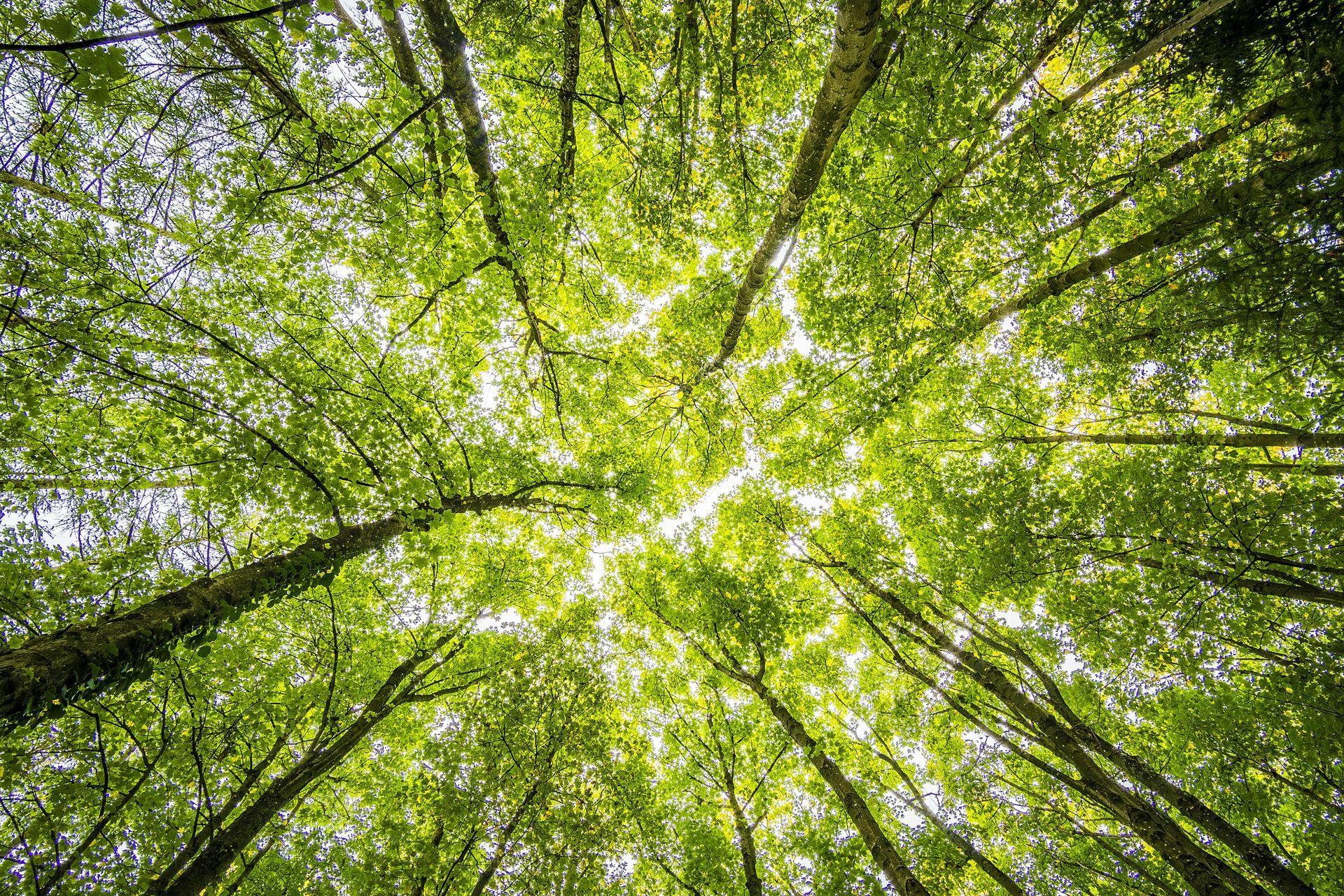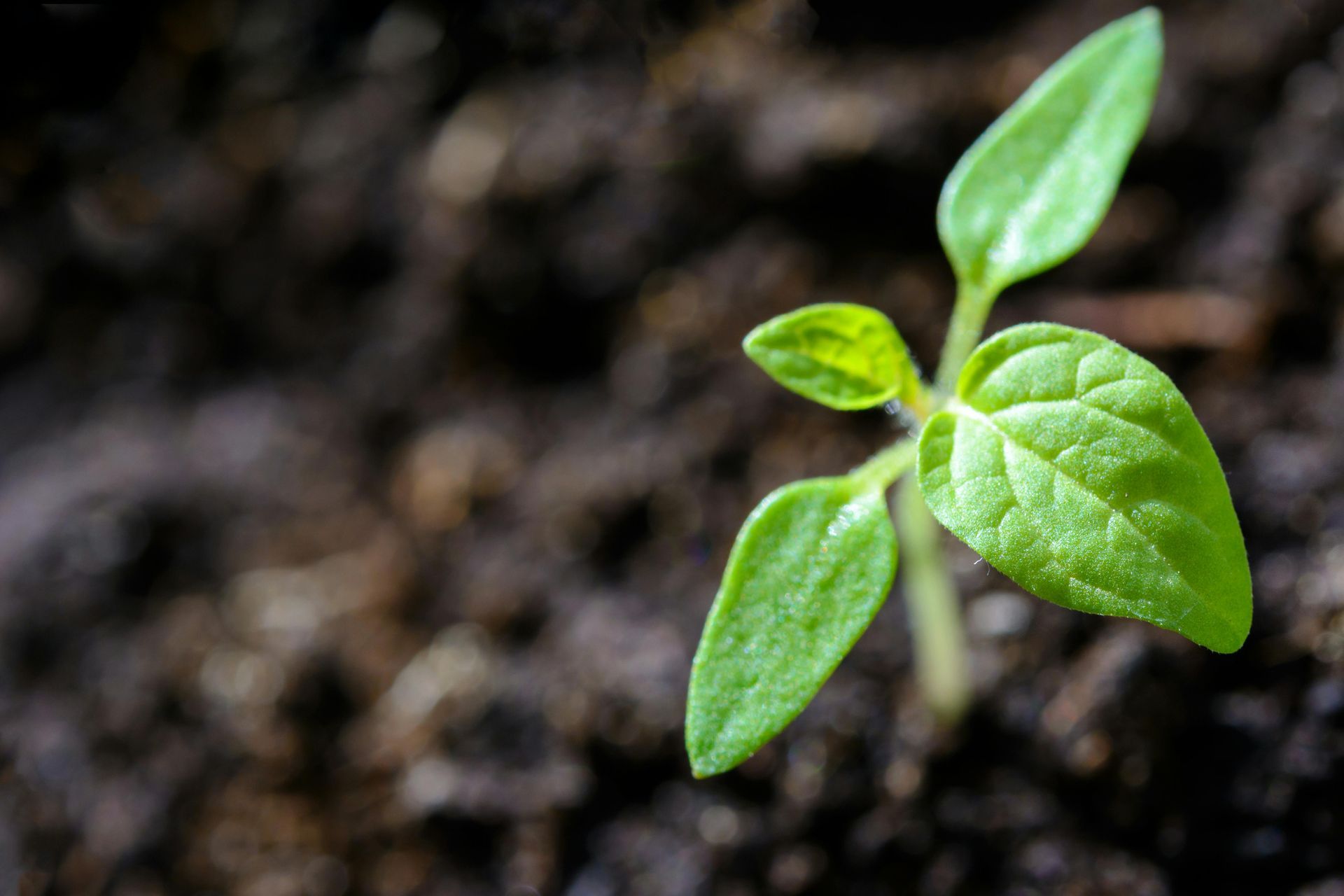When Should I Have My Trees Trimmed? A Homeowner’s Guide
The Importance of Tree Trimming for Homeowners
Tree trimming is more than just about appearances. While trimmed trees can make your yard look well-kept and beautiful, proper trimming also contributes to the health of your trees, improves the safety of your property, and even increases its value.
For homeowners, maintaining trees is essential to prevent weaker branches from falling during high winds, promoting healthy growth, and ensuring that your landscape is always in top shape. But you may be wondering, "When is the best time to trim my trees?"
This guide will walk you through the ideal timing for tree trimming, seasonal considerations, signs that trimming is overdue, and whether you should tackle the task yourself or call in a professional arborist.
Understanding the Best Time for Trimming Different Types of Trees
Different trees have different needs when it comes to pruning, and understanding your specific tree types is key to ensuring proper care.
Deciduous Trees
Deciduous trees like maple, oak, and birch are best trimmed during the dormant season, typically late winter or early spring before the buds emerge. Why? With minimal leaves, it’s easier to identify the structure of the tree and trim branches precisely. Plus, trimming during dormancy reduces the risk of pest infestations or diseases.
Evergreen Trees
Evergreens, such as spruce and pine, don't require as regular trimming as their deciduous counterparts. Most evergreen trees should only be trimmed to remove dead or damaged branches, which can be done year-round, though late winter and early spring are often preferred.
Fruit Trees
Fruit trees like apple, pear, and peach require pruning annually to encourage better fruit production. Late winter or early spring, while they’re dormant, is the prime time for trimming. Removing old, unproductive branches allows the tree to direct more energy toward growing larger, healthier fruit.
Flowering Trees
The timing for flowering trees depends on when they bloom.
- Trees that flower in spring (like dogwoods or cherries) should be trimmed shortly after they bloom to avoid cutting off next year’s buds.
- Trees that flower in summer or later (like crape myrtles) are best trimmed during late winter or early spring when dormant.
Seasonal Considerations for Tree Trimming in Your Region
Understanding your local climate impacts when and how you should trim your trees. Here’s how the different seasons can affect pruning decisions.
Winter
Winter is generally the best time for most tree trimming as trees are dormant, meaning pruning won’t disrupt their growth cycle. Plus, with no foliage in the way, it’s easier to see the tree’s structure for precise cuts. However, extreme cold can make branches brittle, so it’s important to avoid trimming on freezing days.
Spring
Spring pruning can be tricky. While it’s fine to do some light maintenance, like removing deadwood, excessive pruning might prevent trees from fully blooming. This isn’t ideal, especially for ornamental or flowering trees you want to show off.
Summer
Summer pruning typically focuses on maintaining shape, removing water sprouts (weak vertical shoots), and removing damaged branches after storms. However, overly aggressive summer trimming can stress trees because of the active sap flow during this time.
Fall
Fall is generally not recommended for tree trimming. Cutting into trees while they’re preparing for dormancy leaves them vulnerable to pests and diseases. However, if you spot dead or dangerous branches, they should be removed immediately regardless of the season.
Signs Your Trees Need Trimming
Regardless of the time of year, there are signs that indicate your trees are overdue for a trim. Ignoring these can lead to health issues for your trees and safety hazards for your property.
Overgrown or Misshaped Branches
Trees with uneven or overgrown branches can become aesthetically unappealing. Overgrowth can also block sunlight and airflow, which are vital for tree health.
Dead, Diseased, or Damaged Branches
One of the most obvious signs that your tree needs trimming is dead or diseased branches. These branches are weak and prone to falling, especially during storms, posing a danger to your home and family.
Branches Near Power Lines or Roofs
Branches too close to power lines or roofs can cause property damage or power outages during high winds or storms. Regular pruning helps you minimize these risks early on.
Crossing or Rubbing Branches
When branches cross or rub against each other, they can cause wounds that make trees susceptible to pests and diseases. Pruning these reduces the risk.
Reduced Light or Airflow
If dense branches block sunlight from reaching your lawn or other plants, it’s a sign your tree needs thinning to improve air circulation and light penetration.
DIY Trimming vs. Hiring a Professional Arborist
Once you’ve identified your tree’s pruning needs, the next step is deciding whether to take the DIY route or call an experienced arborist.
When to Trim Trees Yourself
For smaller trees or minor maintenance, trimming yourself can save money. Simple tasks like cutting small, dead branches or shaping bushes are manageable with the right tools and safety precautions.
DIY Tree-Trimming Tips:
- Invest in proper tools like hand pruners or loppers for smaller branches and a pruning saw for larger ones.
- Wear protective gear, including gloves, goggles, and sturdy shoes.
- Make clean cuts at a slight angle and avoid leaving stubs to promote healthy healing.
When to Hire a Professional Arborist
For larger trees, hazardous branches, or signs of disease, it’s best to call a professional arborist. Certified arborists are trained in proper pruning techniques and use equipment designed for large-scale trimming safely and efficiently. They can also diagnose and treat potential tree health issues.
Pros of Hiring an Arborist
- Safety: Arborists are equipped for high branches and dangerous situations.
- Expertise: They recognize the specific needs of each tree species.
- Convenience: You save time and effort while ensuring the job is done correctly.
Although hiring a professional may require an upfront investment, it can save money in the long run by improving tree health, preventing damage, and avoiding costly mistakes.
Healthy and Beautiful Trees Start with Proper Trimming
Tree trimming might not be at the top of your to-do list, but it’s a crucial aspect of maintaining a safe, inviting, and aesthetically pleasing home environment. Knowing the right time to prune, understanding your tree species, and addressing signs of overgrowth or damage will help your trees thrive for years to come.
If tree trimming feels overwhelming or you need expert advice, reach out to a certified arborist in your area. Their expertise can save you from mishaps and help keep your landscape in pristine shape.
Remember, healthy trees mean a healthier home. Start tending to your trees today, and enjoy the benefits of a beautiful, thriving yard!



